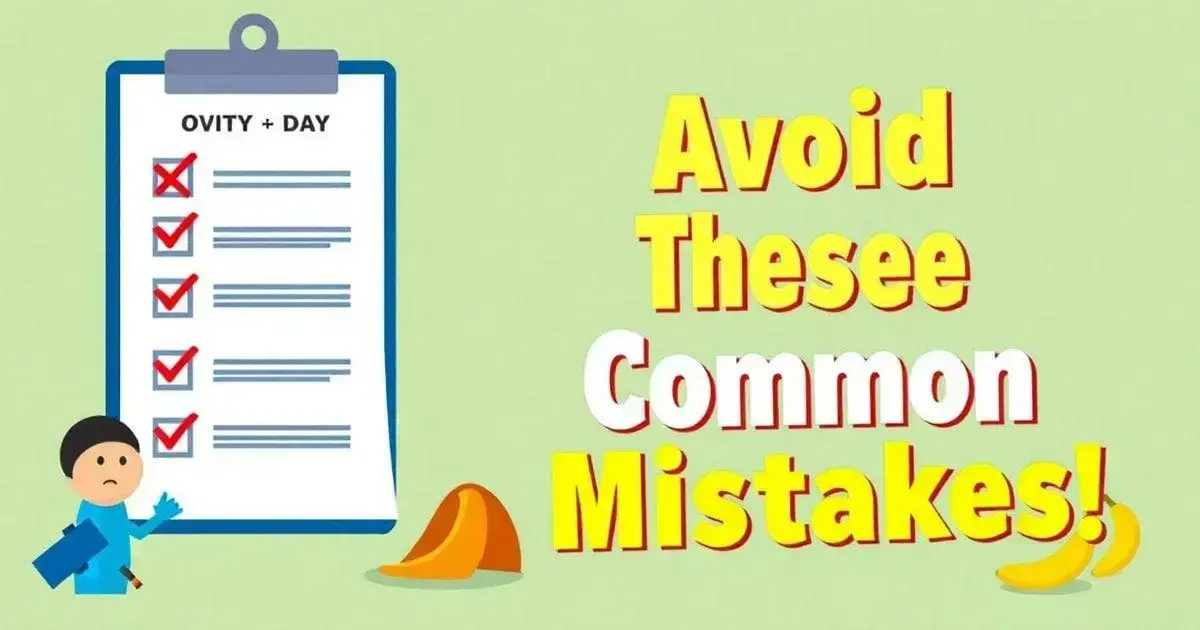What Are Independence Home Loans?
Independence home loans are types of financing that empower individuals to purchase homes with greater ease and flexibility. These loans are often tailored to meet various needs, providing options that can include lower down payments and more favorable interest rates.
Understanding the basics of independence home loans is essential for prospective buyers.
Typically, these loans cater to first-time homebuyers, veterans, and others who may have difficulty accessing traditional funding. Applying for an independence home loan usually involves a straightforward process that includes assessing eligibility and completing necessary paperwork.
Many lenders offer programs designed to assist borrowers in navigating these requirements.
By exploring independence home loans, potential homeowners can find financial solutions that suit their unique circumstances. This can lead to increased opportunities for homeownership, helping individuals build equity and secure their futures.
Benefits of Independence Home Loans

The benefits of independence home loans are numerous and can significantly ease the process of purchasing a home. These loans are particularly designed for those who may have limited financial resources or are first-time buyers. One major advantage is that they often require lower down payments compared to traditional loans, making homeownership more accessible.
Additionally, independence home loans typically come with competitive interest rates, which can lead to substantial savings over the life of the loan.
Another benefit is the customized options available for borrowers. Many lenders provide flexibility in terms of credit scores and income requirements. This means that even if someone has a less-than-perfect financial history, they may still qualify for a loan that fits their needs.
Moreover, some programs associated with independence home loans offer government-backed guarantees, enhancing the lender’s confidence and providing borrowers with favorable terms. For first-time homeowners, these loans can open doors to consider properties they might have thought out of reach.
Understanding the benefits of these loans is crucial in making informed financial decisions for a better future.
How to Apply for Independence Home Loans
Applying for independence home loans can be a straightforward process if you know the steps. First, it is essential to gather your financial documents including income proof, tax returns, and credit reports. Lenders often use these documents to assess your financial stability and eligibility.
Next, research various lenders to find the best terms suited for your needs. Many banks and credit unions offer independence home loans, and comparing them can help you secure the best rate.
After selecting a lender, complete the loan application form. This form will ask for information about your finances, employment history, and personal details. Ensure that all information is accurate to avoid delays. Once submitted, the lender will review your application and may contact you for additional information.
Following the review, the lender will determine your eligibility and, if approved, present you with a loan offer. Make sure to read the terms thoroughly. If you accept the offer, you will move on to the closing process, which includes finalizing the loan documents and receiving your funds.
Understanding these steps can make applying for independence home loans easier and more efficient.
Understanding Interest Rates

Understanding interest rates is crucial when considering independence home loans. Interest rates determine how much you will pay back in addition to the original loan amount. They can be fixed or variable. A fixed interest rate remains the same throughout the life of the loan, which provides stability and predictability in monthly payments. In contrast, a variable interest rate can change, potentially lowering costs initially but posing a risk for higher payments later.
When applying for independence home loans, rates can vary based on several factors, including your credit score, loan amount, and overall financial situation. Generally, a higher credit score can secure a lower interest rate, which means lower monthly payments. Therefore, it is wise to check your credit report and improve your score if necessary before applying.
Additionally, the economic climate also impacts interest rates. When the economy is strong, rates may rise. Conversely, during economic downturns, they may decrease to encourage borrowing. Understanding these principles will empower you to make informed decisions when selecting an independence home loan, ensuring that you are financially prepared for your future.
Eligibility Criteria for Independence Home Loans
Eligibility criteria for independence home loans vary by lender, but several common factors are usually considered. Firstly, a good credit score is essential. Most lenders prefer a score of at least 620, but some programs may offer options for those with lower scores.
Secondly, income stability plays a crucial role. Lenders like to see a consistent employment history and reliable income. This can include full-time jobs, part-time work, or other sources of income such as alimony or child support.
Thirdly, debt-to-income ratio is another critical factor. This ratio compares your monthly debt payments to your monthly gross income. Most lenders prefer a debt-to-income ratio of no more than 43%. This ensures that you do not take on too much debt relative to your income, making it easier to manage monthly payments.
Lastly, some housing types may or may not qualify for independent home loans. For example, single-family homes are typically eligible, while multi-unit properties may have different criteria. Understanding these requirements can help you determine if you are likely to qualify for an independence home loan.
Common Mistakes to Avoid

When applying for independence home loans, it’s crucial to avoid common mistakes that can hinder your chances of approval. One major mistake is not checking your credit report before applying. A poor credit score can lead to higher interest rates or even loan denial. To avoid this, check your credit score early and work on improving it if necessary.
Another common error is underestimating total costs. Many borrowers focus only on the loan amount but forget about additional expenses like closing costs, property taxes, and homeowners insurance. Understanding these costs ahead of time can help you budget properly.
Additionally, some applicants fail to compare lenders. Many assume that all lenders offer similar rates and terms, but this is not true. Shopping around can save you money and lead to better loan options.
Finally, not getting pre-approved can be a big oversight. Pre-approval not only gives you an idea of how much you can borrow but also shows sellers that you are a serious buyer. By avoiding these common mistakes, you can increase your chances of successfully obtaining an independence home loan.
Tips for Securing the Best Rates
Securing the best rates for independence home loans requires careful planning. First, improve your credit score. A higher score often translates to lower interest rates. Check your credit report regularly for errors and resolve them quickly.
Next, consider making a larger down payment. A down payment of 20% or more can help you qualify for better rates.
Another tip is to shop around. Different lenders may offer varying rates, so obtain quotes from multiple sources. Pay attention to both interest rates and closing costs when comparing offers. Don’t hesitate to negotiate; lenders may be willing to lower rates or fees to secure your business.
Additionally, consider the timing of your application. Rates can fluctuate based on market conditions, so keeping an eye on trends can lead to better options.
Finally, be cautious with loan types. Fixed-rate loans provide stability, while adjustable rates may offer lower initial payments but carry risks. Understanding these elements can help you secure the best rates for your independence home loan.
Real Stories: Success with Independence Home Loans

Success stories reflect how independence home loans can help individuals achieve their dreams of homeownership.
Sarah is a single mother who was able to purchase her first home with a low down payment and favorable interest rate through an independence home loan program.
Mark and Lisa are a young couple who utilized assistance programs to buy a home that fits their family’s needs with the help of a lender. They are first-time homebuyers.
Jane is a veteran who secured a home with no down payment through a specialized program, providing her with stability after years of service.
Conclusion
Independence home loans offer a valuable opportunity for many to achieve their dream of owning a home. By understanding the benefits, eligibility criteria, and applying correctly, potential homeowners can access favorable financing options.
Learning from real success stories illustrates how these loans enable individuals and families to secure stable living environments. With the right preparation and information, anyone can navigate the path to homeownership effectively.
Don’t underestimate the importance of adequate planning; taking the time to understand your options can lead to significant rewards in the long run.
